Object of the Month: Crossbow
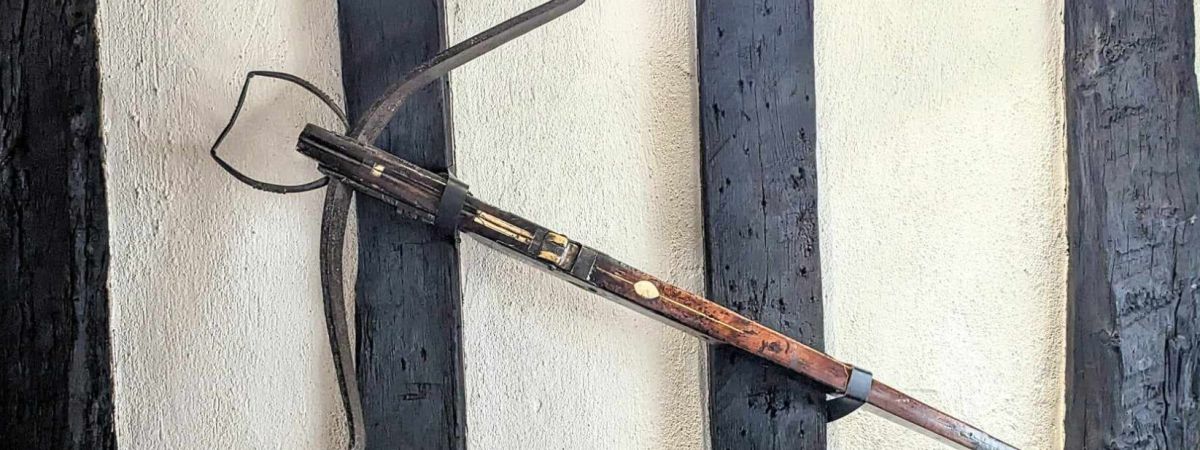
Share
Each month we like to highlight one of the objects in the Laurence Cadbury Collection, at Selly Manor. This month, a student who is on placement with us from Baskerville School, has chosen the Crossbow.
History of the Crossbow
The earliest example of the crossbow is from 400 BCE. Crossbows were a crucial part of warfare for centuries. It was a great weapon for accurate and long-distance fire, while also remaining mostly mobile. This would not be improved upon until the invention of the rifle. Crossbows were effective while defending in a siege because it is more accurate, less arrows / Bolts were spent when firing it, than a longbow. One big reason for the importance of crossbows in warfare was that it was very easy to use and required very little training, meaning it would be easier for countries to rally larger armies in a shorter amount of time than if longbows were used.
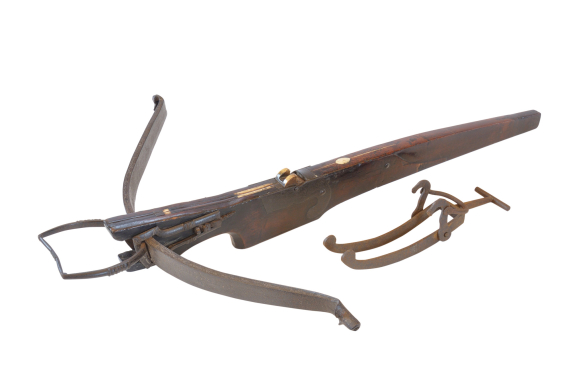
Description of Selly Manors crossbow
The Crossbow at Selly Manor is believed to be from the Early 18th Century Germany although designs like it have existed for centuries before. It is in good condition with a few missing parts including the bowstring and trigger that would be used to fire it. The crossbow is made from Iron and Walnut. It is 102cm in length and 65cm in width.
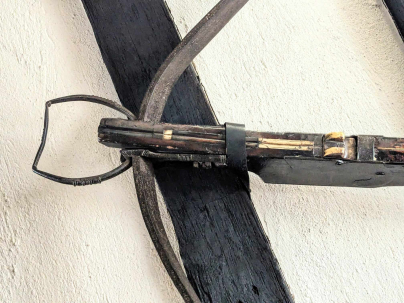
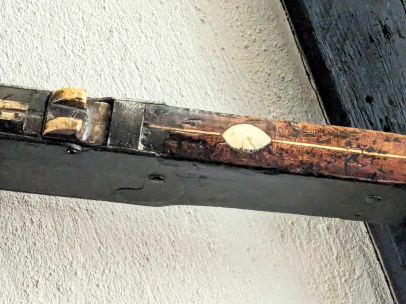
Why is this object interesting?
I find this object interesting because it showcases an example of how simple materials can be put together to create a weapon that would be crucial in warfare for centuries. Even after guns became widely used, the crossbow was used as a quiet alternative weapon for hunting in order to avoid scaring off any animals in the area. However, as hunting transformed from a means of getting food into a sport, people who could afford it started using guns as they were easier to carry, looked a lot more stylish in comparison and could shoot further with higher accuracy which made it a lot more fun than a crossbow.
How it got to Selly Manor
Not much is known about how exactly it was obtained by Laurence Cadbury (son of George Cadbury) who brought the crossbow to Selly Manor. At the beginning of the 20th century Laurence began collecting antiques whilst studying at Cambridge university. Much of his growing collection was displayed at his house, The Davids, but as time went on Selly Manor became the perfect home for the 16th and 17th century furniture and domestic objects.
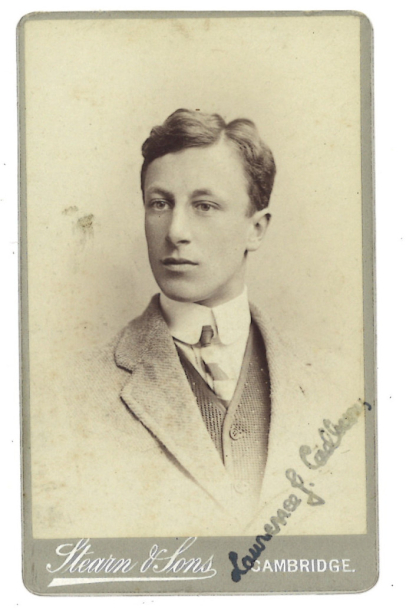
You can read more about the Laurence Cadbury Collection here.
The student placement is a partnership between Selly Manor Museum and Baskerville School. The placement enables the museum to build stronger links in the community as well as supporting individuals learning.